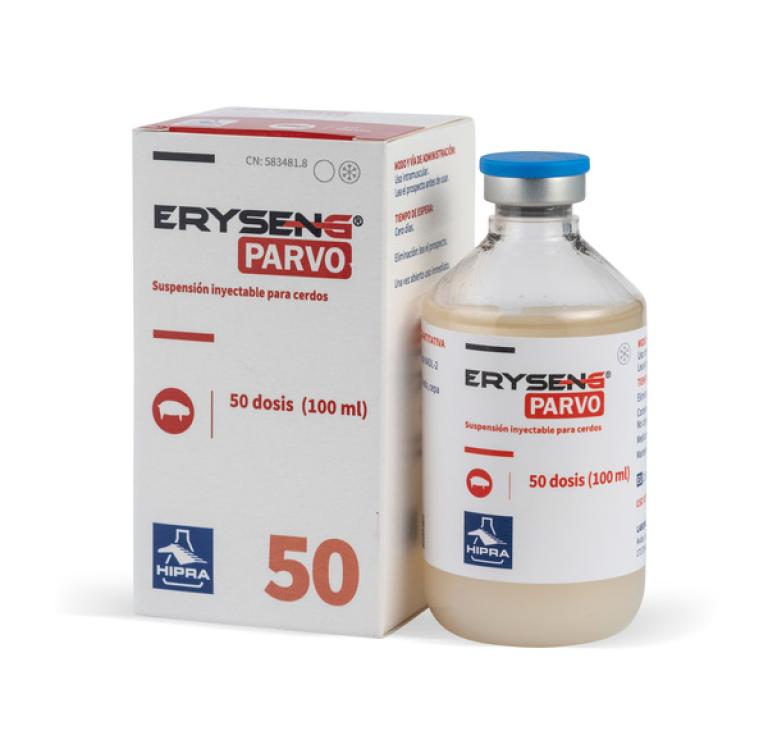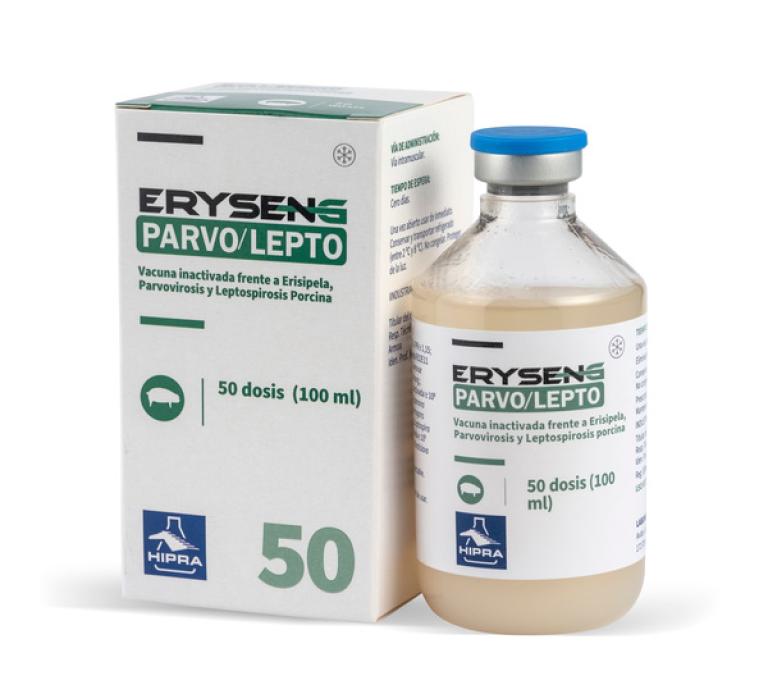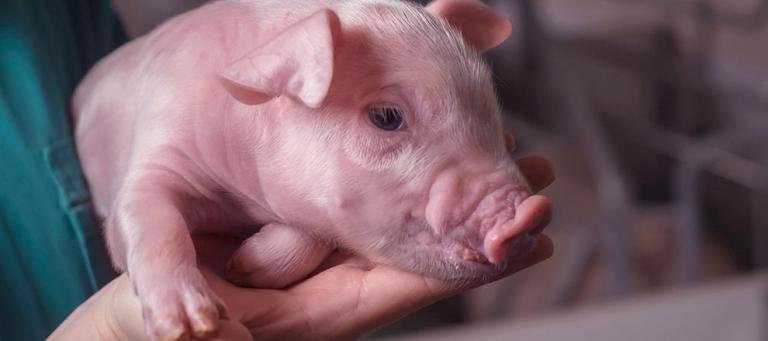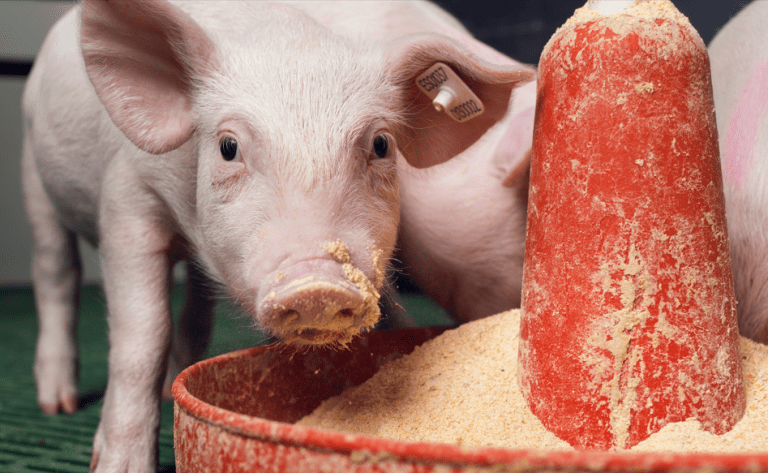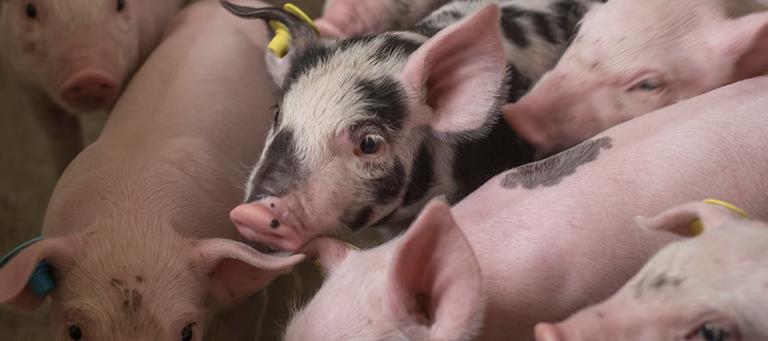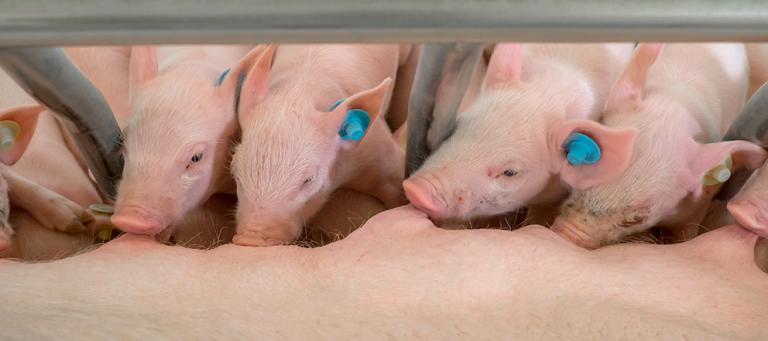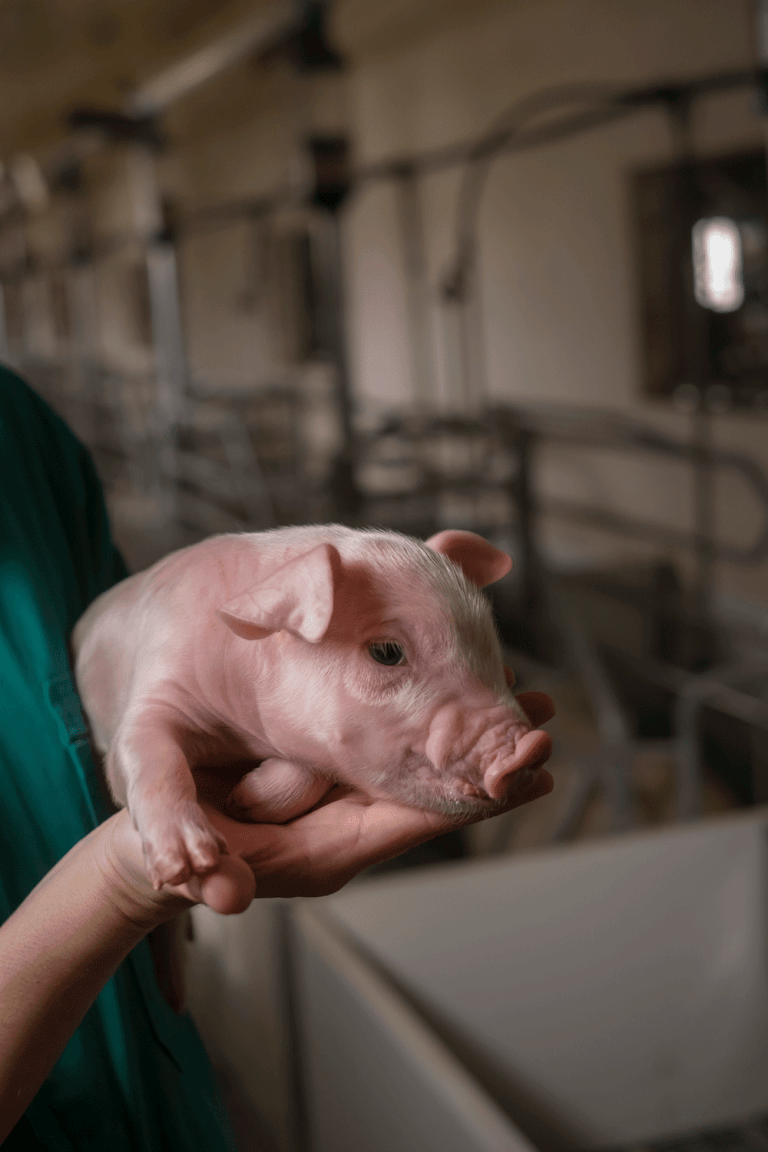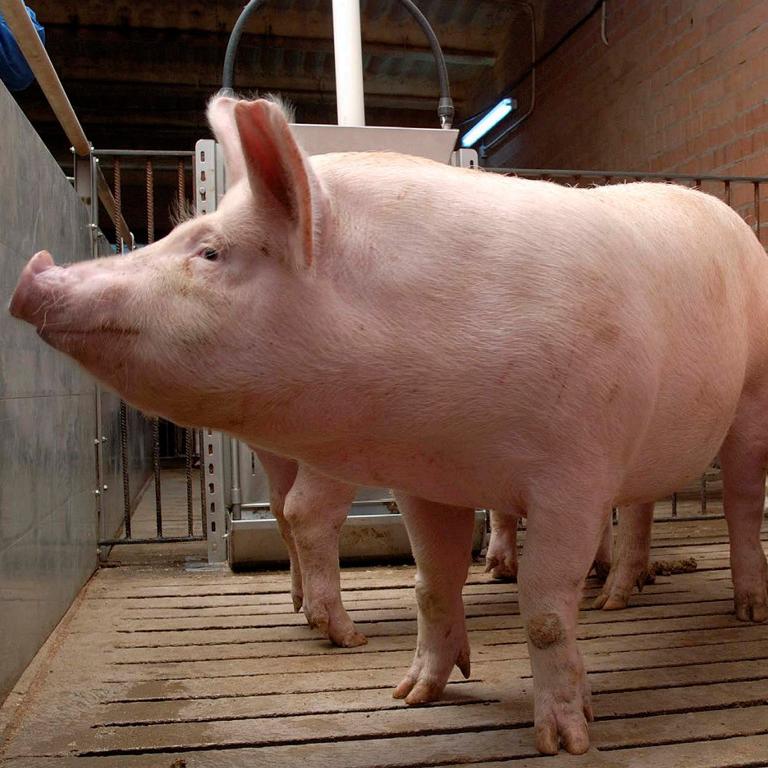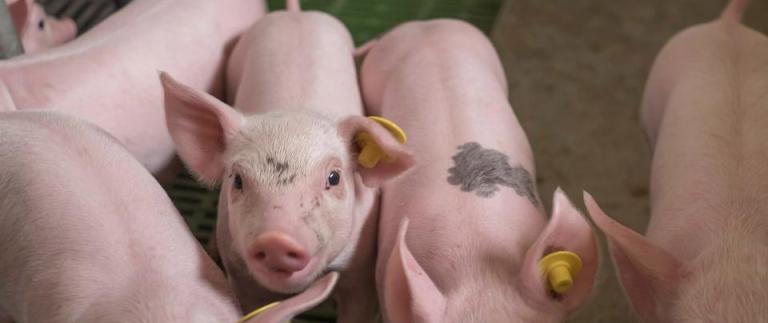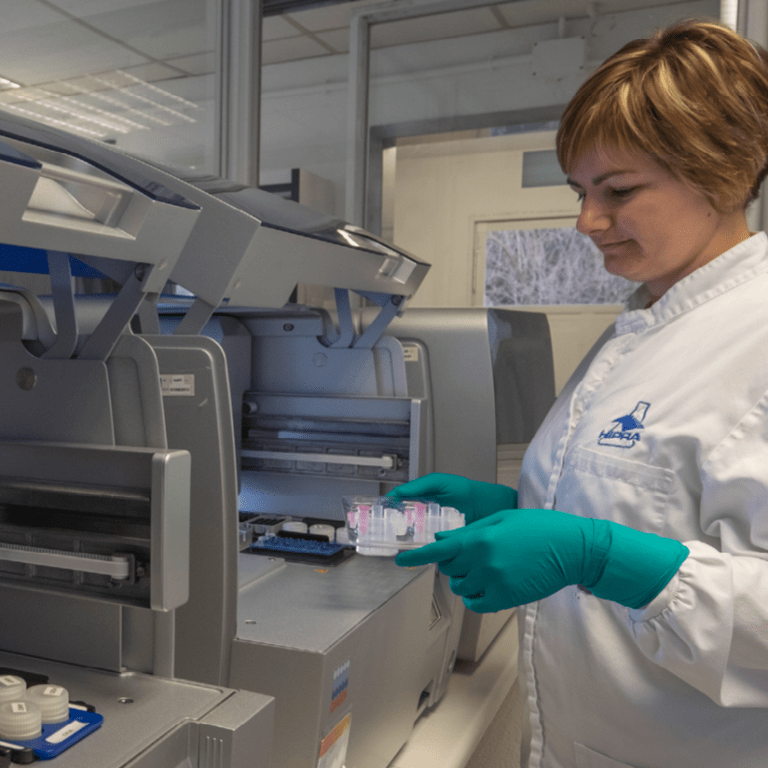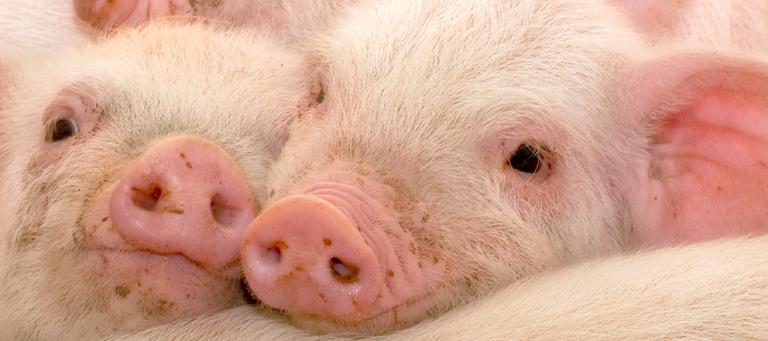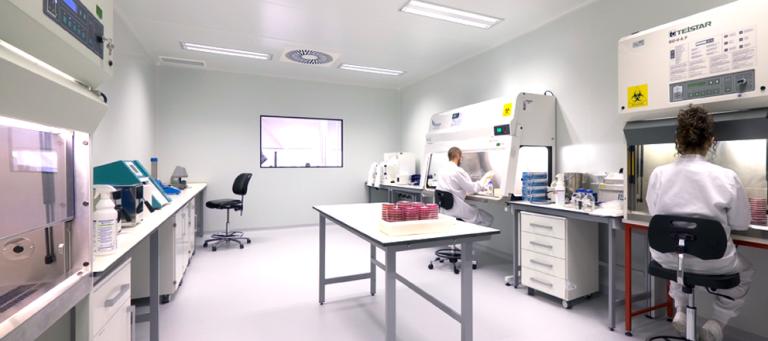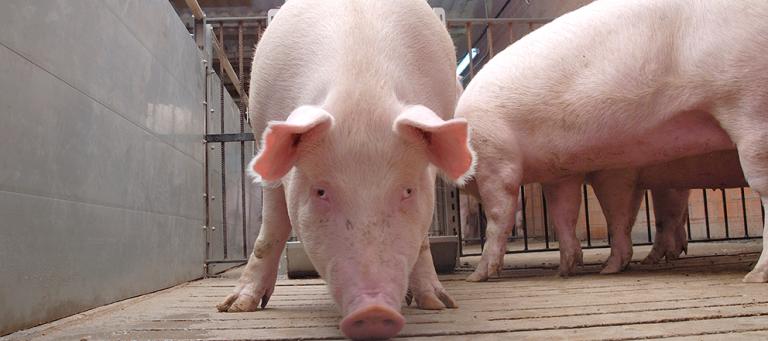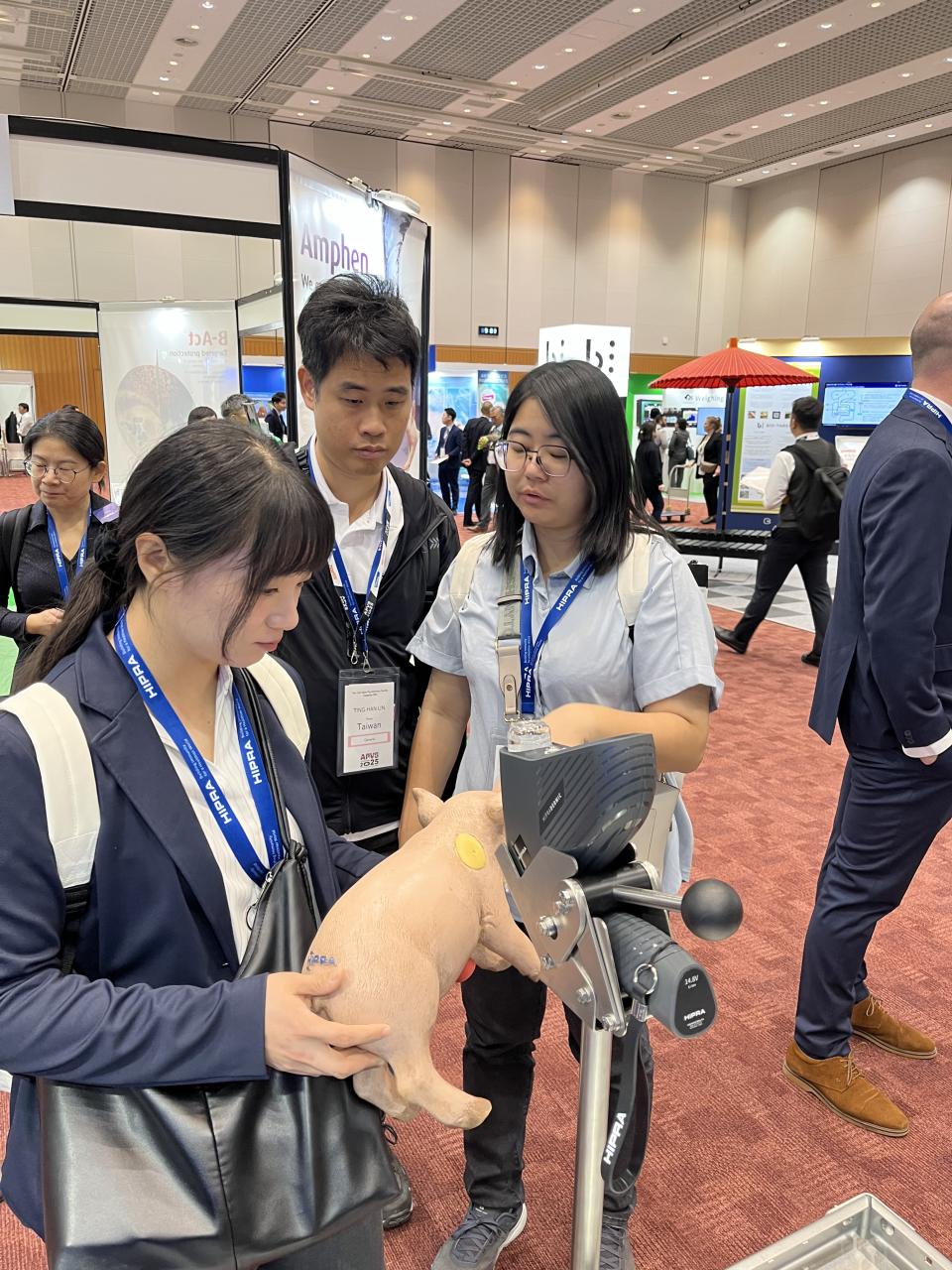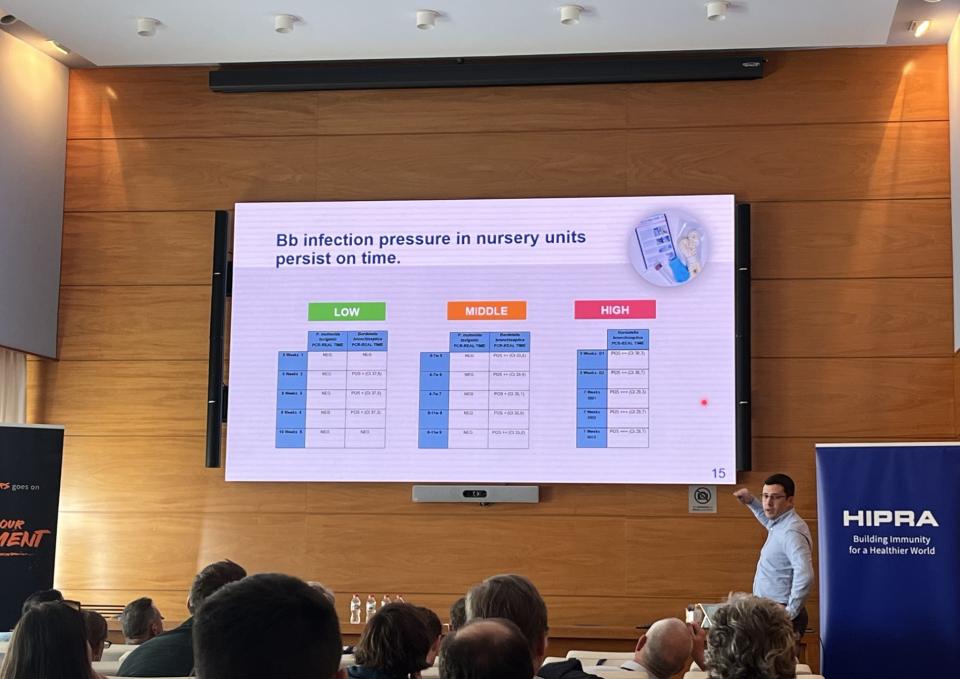Clinical outbreaks of an unknown disease characterised by severe reproductive losses in late gestational sows were noted for first the time in the late 1980s. The disease also affected piglets, increasing the number of weak-born and mortality rates in neonatal and nursery pigs, causing severe pneumonia and reducing growth performances. The first outbreak of this new disease was noted in North Carolina, USA (1987). Just a few years later (1990), a clinically similar outbreak was described in Münster (Germany). No common link was found between the European and North-American outbreaks. In the following years, it spread rapidly to other countries. After using different names such as Mystery swine disease or Blue-ear pig disease, the current name porcine reproductive and respiratory syndrome was finally adopted at the 1st International Congress for the disease (1992, USA).
The causative agent of PRRS was isolated for the first time in 1991 at the Central Veterinary Institute in Lelystad (The Netherlands) using porcine alveolar macrophages; that strain was named Lelystad virus. One year later, the agent was isolated from the North-American outbreaks using cell line CL-2621; that strain was known as VR-2332. First studies using both strains demonstrated that 1) they were the same virus, but belonging to two distinct genotypes and 2) they shared properties similar to other viruses from genus Arterivirus.

The earliest evidence of PRRS virus comes from retrospective serological studies; antibodies have been detected in serum as early as 1979 (Canada). In the U.S., retrospective analysis found no evidence of infection until 1985. Its prevalence then increased rapidly in North-America until 1988-89, when clinical outbreaks were first reported. There was probably a similar pattern in Europe. In Asia, the first evidence of antibodies has been retrospectively documented in serum from 1985 (South Korea). These results suggest that PRRS virus had probably been circulating in domestic pigs for several years before the first outbreaks were reported.

Curiously, we are facing a disease caused by one virus with two different strains (genotypes) that appeared almost simultaneously on two different continents. The explanation behind this phenomenon is unclear. Nevertheless, two main hypotheses for the uncertain origin of the virus have been postulated:
- Origin close in time. Origin just one decade before the virus emerged in domestic pigs. This hypothesis would imply that two different genotypes appeared in a very short period of time and that the virus should have an excessively high mutation rate, even for PRRS virus.
- Origin far in time. The genotypes would have developed independently. Using ORF3 as a molecular clock, it has been estimated that PRRS virus could have originated in 1880±15 years. Thus, genotypes evolved over decades in two different and isolated environments before they emerged in pigs. This estimation is compatible with the hypothesis postulated by Plagemann (2003). According to this author, PRRS virus originated from an ancestor similar to Lactate dehydrogenase-elevating virus (another Arterivirus) in mice from Eastern Europe. This ancestor jumped from mice to wild boars and then the movement of these animals to a hunting reserve in USA made it possible for the ancestor to spread in North-America. Since then, the virus has evolved in parallel on both continents. Finally, changes in pork production would have facilitated the emergence of the disease. In spite of the congruency between this hypothesis and the molecular clock analysis, there is no evidence for the existence of a common ancestor in mice or wild boars.






